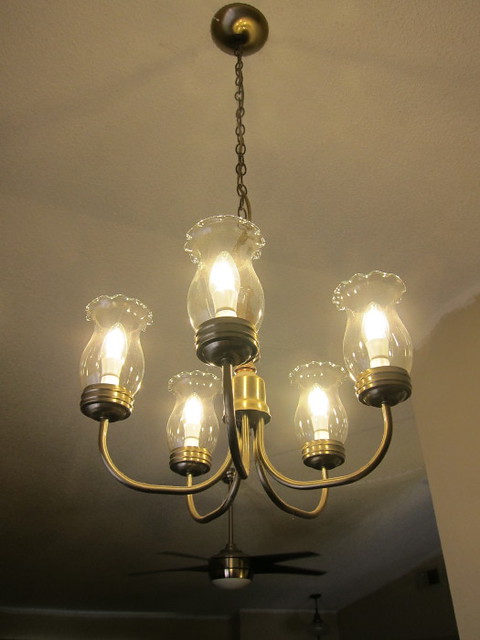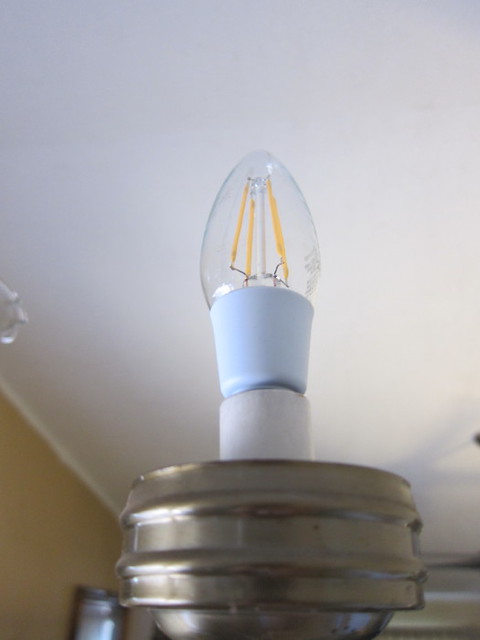I have friends who have replaced all their family room lights with wifi controlled multi colored LEDs. The system is called Hue I think. I've seen them in the store and wondered how well they work. They've got the overhead lights, sconces, I think, a light illuminating a painting on the system. They can change the settings with iPad/iPhone. They've decided on some presets so can switch colors and which lights are on and dimmer levels with one click. I really liked the look with the different color choices.
I didn't notice they were LEDs until they showed off the system. I want to put in more LEDs, just haven't gotten around to it yet.
Sent from my iPhone using Early Retirement Forum





